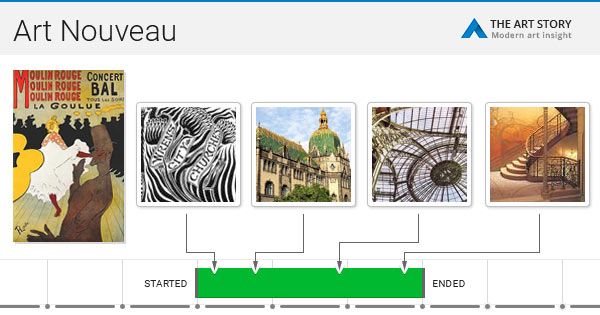

Together with the Vienna Secession, out of which it was formed, it broke away from the stylistic revivals that had dominated Austrian architecture and design during the 19 th century, though eventually it returned to historical tropes when new designers joined the group in the 1910s.

#Vienna secession art free
Its demise in the midst of repeated financial crises demonstrates the ultimate inability of artistic enterprises to completely free themselves from the economic concerns of the age. Led by the unassuming architect Josef Hoffmann and his associates such as Dagobert Peche and Koloman Moser, the Wiener Werkstätte drew from movements such as the Arts & Crafts and Art Nouveau as well as from traditional folk art, and forecasted the flowering of Art Deco and the International Style in the interwar period. The Wiener Werkstätte's emphasis on complete artistic freedom resulted in a prodigious output of designs, and this, along with an army of skilled craftsmen and a complex network of production and distribution made it the standard for Austrian design between the dawn of the century and the depths of the Great Depression. Centered in the Austrian capital, it stood at the doorway between traditional methods of manufacture and a distinctly avant-garde aesthetic. The Wiener Werkstätte (Viennese Workshops) was one of the longest-lived design movements of the twentieth century and a key organization for the development of modernism.


 0 kommentar(er)
0 kommentar(er)
